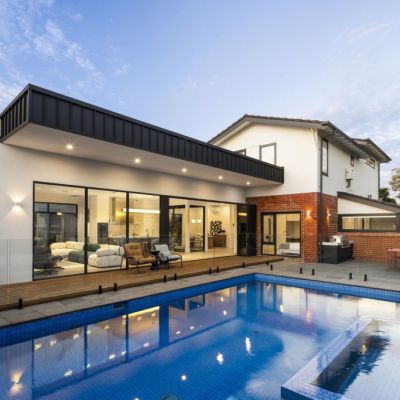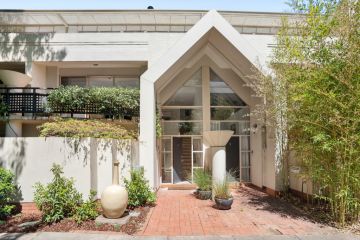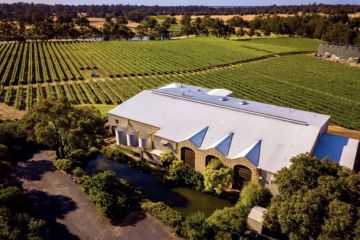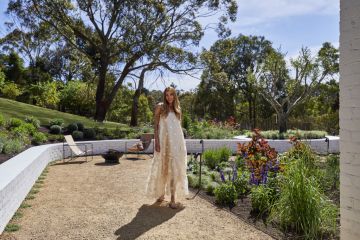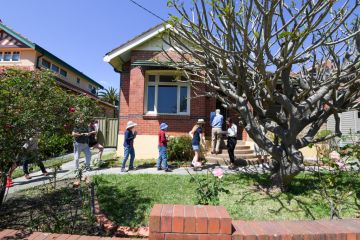Rent pain: Tenants now pay as much for units as houses
The price gap between renting a house or a unit in some of Australia’s biggest capital cities has shrunk to as little as $5, according to new Domain data.
The Domain Rent Report for the June quarter reveals that the combined capital city median for weekly house and unit asking rents was the same, both sitting at $650.
During the 90-day period, the median weekly asking rent for units grew at a faster rate compared to houses across the capital cities.
Melbourne’s price gap between the median asking price for houses ($580) and units ($575) has the smallest margin nationwide at just $5.
In Brisbane, the gap in rents is $30 between median house prices ($650) and unit prices ($620).
Meanwhile, Sydney, Australia’s most expensive city to rent in, has a price gap of $40 between houses ($780) and units ($740).
| Capital City | Median weekly asking house rent | Median weekly asking unit rent | Price difference |
| Sydney | $780 | $740 | $40 |
| Melbourne | $580 | $575 | $5 |
| Brisbane | $650 | $620 | $30 |
| Adelaide | $620 | $523 | $97 |
| Perth | $700 | $620 | $80 |
| Canberra | $700 | $580 | $120 |
| Darwin | $680 | $560 | $120 |
| Hobart | $570 | $500 | $70 |
| Combined Capitals | $650 | $650 | $0 |
The closing gap is a result of people relocating due to return-to-office mandates, says Domain chief of research and economics Dr Nicola Powell.
“It means that people are re-evaluating, and they want to have a shorter commute, be closer to the office, have that convenience,” she says.
“Units tend to be more centrally located and have better connectivity, and often they can be newer, but demand is what really drives that higher price.”
Powell says affordability remains at the forefront of many Australians’ minds. While units are generally the more affordable property type, increased demand for them is leading to prices catching up to houses.
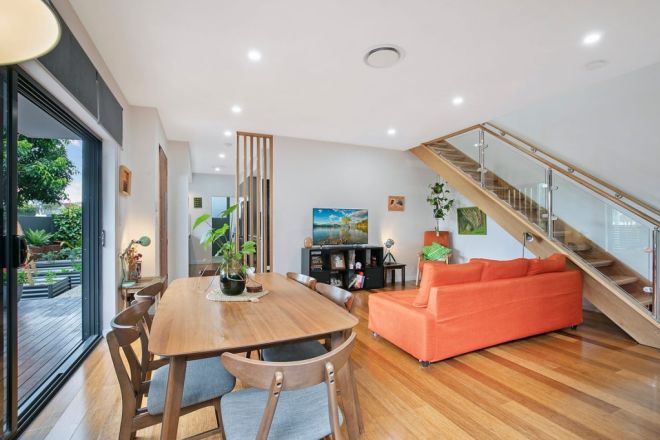
In Brisbane, the price growth momentum stalled in the June quarter across both property types, but continues to be at record highs, says Powell.
Domain data reveals that the smallest property type price gaps in the nation are in Brisbane suburbs Carina and Upper Mount Gravatt, where it costs precisely the same to rent a house or a unit.
In Carina, five kilometres from the CBD, the median asking price for both units and houses is $700. Similarly, Upper Mount Gravatt, eight kilometres from the CBD, has a median weekly asking rent of $650 for both property types.
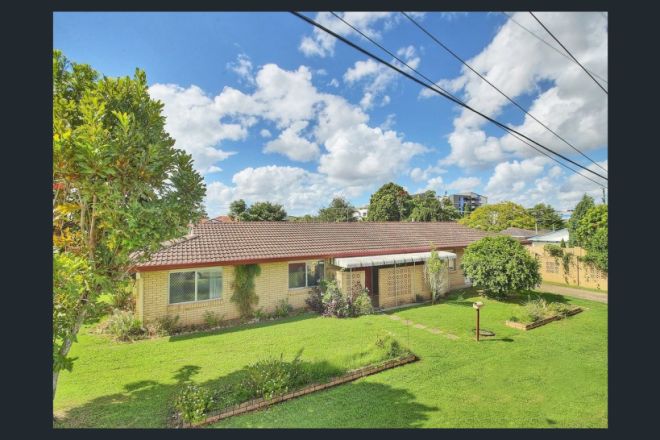
Carina real estate agent Tayla Harris of Torres Property says there has been an increasing demand for newer apartments in the past few years.
“There are a lot of new units and townhouses, whereas I don’t think as many houses have been developed or renovated,” she says.
“The prices of units have gone up across the sales and rental market, and I think that from an affordability point of view, it’s now kind of pushed up the price points of units.”
The median asking rent for a unit is likely to surpass houses in the future, says Harris.
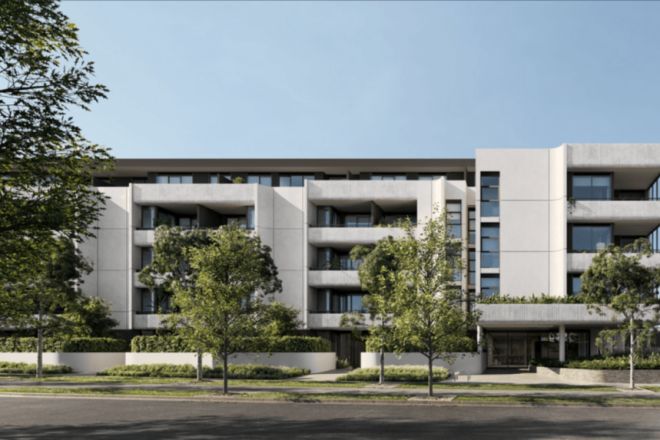
The Melbourne rental market has stabilised, with no quarterly growth recorded in either house or unit prices, says Powell.
However, the price gap between property types has narrowed to its lowest point since 2012, when the median asking rent was $360 for houses and $350 for units, she says.
Today, the margin stands at just $5, with the weekly asking rent median sitting at $580 for houses and $575 for units.
Broadmeadows and Burwood East have the smallest price gaps between rental types in Melbourne, according to Domain data.
In Broadmeadows, the rental gap is $25, with the median unit price at $470 and houses at $495.
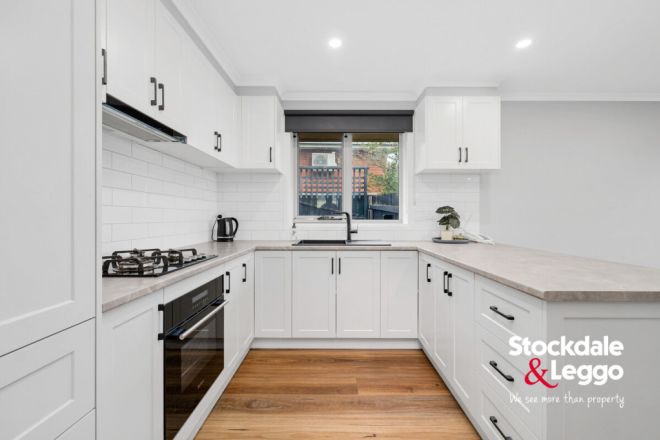
In Burwood East, 12 kilometres from the Melbourne CBD, the median unit rent is $630, while the median house rent is $650 – a $20 gap.
Local agent Mark Lu of Ray White Box Hill says the development of new apartments has shrunk the price gap between houses and units.
“Burwood East still has some old houses, that’s why the price is not going really high. But if it’s a new house, you can rent it out for more than $800,” he says.
“Older houses are harder to rent out because they won’t match the renter’s expectations.”
Lu says renters in Burwood East are happy to pay more per week for a newer apartment than a bigger and older house.
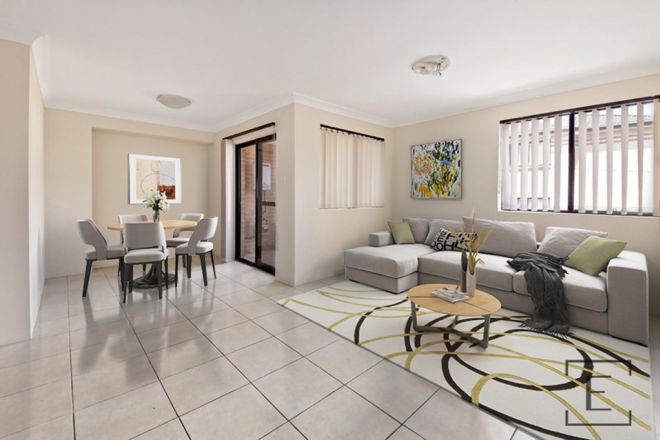
Sydney unit and house rentals now have a price gap of $40, after rises across both property types in the past quarter.
“Units have outperformed houses throughout 2025, narrowing the price gap between property types as tenants pivot to units for relative value,” says Powell.
Domain data reveals that Lidcombe and Macquarie Park units have outperformed houses in the past five years, shrinking the gap by $5 and $10, respectively.
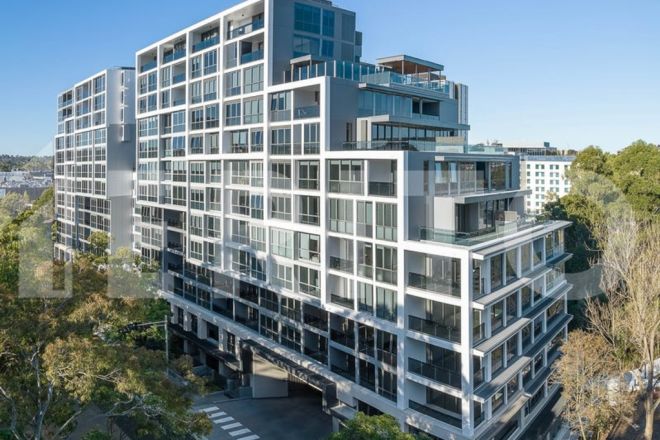
Lidcombe’s median rent price is $750 for units and $755 for houses, while Macquarie Park is $740 for units and $750 for houses.
Local agent Aidan Spence of Exclusive Real Estate says Lidcombe has a limited diversity of houses compared to the newer apartment blocks, which has contributed to the comparatively strong unit rental performance.
“We get a lot of interest on the units, and houses can be a bit slow [to rent out] depending on the price,” he says.
Spence says there are usually more units available to rent than houses, with 75 per cent of the available stock being units.
We recommend
We thought you might like
States
Capital Cities
Capital Cities - Rentals
Popular Areas
Allhomes
More
- © 2025, CoStar Group Inc.


